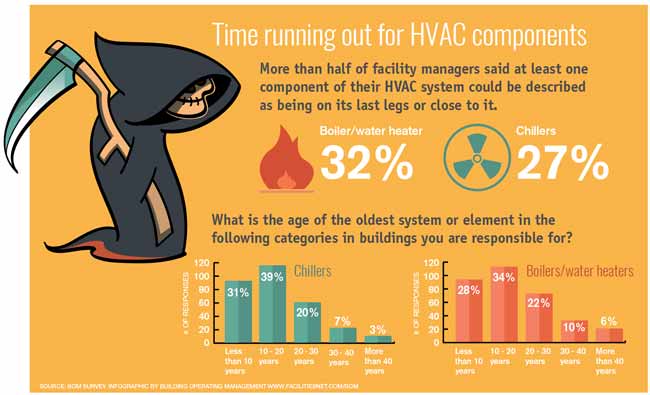The Ultimate Overview To Comprehending Warmth Pumps - Exactly How Do They Function?
The Ultimate Overview To Comprehending Warmth Pumps - Exactly How Do They Function?
Blog Article
Write-Up Writer-Whitfield Montoya
The very best heatpump can conserve you substantial amounts of money on power costs. They can additionally help reduce greenhouse gas emissions, especially if you make use of electrical power instead of nonrenewable fuel sources like propane and heating oil or electric-resistance heating systems.
Heat pumps function very much the same as a/c unit do. This makes them a feasible alternative to conventional electric home heating unit.
Exactly how They Work
Heatpump cool homes in the summer and, with a little assistance from electrical energy or gas, they offer a few of your home's heating in the winter months. They're a great alternative for individuals that intend to reduce their use of nonrenewable fuel sources however aren't all set to replace their existing furnace and air conditioning system.
They depend on the physical fact that also in air that appears too cool, there's still power existing: warm air is always relocating, and it intends to relocate right into cooler, lower-pressure settings like your home.
The majority of power celebrity licensed heatpump operate at close to their heating or cooling capability throughout a lot of the year, lessening on/off cycling and saving power. For the very best efficiency, concentrate on systems with a high SEER and HSPF score.
The Compressor
The heart of the heatpump is the compressor, which is also called an air compressor. This mechanical flowing tool uses possible energy from power development to raise the stress of a gas by decreasing its volume. It is various from a pump in that it just works with gases and can't deal with liquids, as pumps do.
Climatic air gets in the compressor via an inlet valve. It travels around vane-mounted arms with self-adjusting length that separate the interior of the compressor, producing several tooth cavities of differing dimension. The blades's spin forces these dental caries to move in and out of phase with each other, pressing the air.
The compressor reels in the low-temperature, high-pressure refrigerant vapor from the evaporator and presses it right into the warm, pressurized state of a gas. This process is duplicated as required to provide heating or air conditioning as called for. The compressor likewise includes a desuperheater coil that recycles the waste warmth and adds superheat to the cooling agent, altering it from its liquid to vapor state.
The Evaporator
The evaporator in heat pumps does the very same thing as it performs in fridges and air conditioning unit, transforming fluid cooling agent right into a gaseous vapor that eliminates warmth from the area. air conditioning servicing christchurch would certainly not function without this crucial tool.
This part of the system is located inside your home or structure in an indoor air handler, which can be either a ducted or ductless unit. It consists of an evaporator coil and the compressor that compresses the low-pressure vapor from the evaporator to high pressure gas.
Heatpump take in ambient warmth from the air, and then use power to transfer that warmth to a home or organization in heating mode. That makes them a great deal more energy reliable than electric heaters or heaters, and due to the fact that they're utilizing clean electrical energy from the grid (and not burning gas), they likewise generate much fewer exhausts. That's why heat pumps are such fantastic environmental options. (Not to mention nz heat pumps why they're becoming so prominent.).
The Thermostat.
Heat pumps are terrific alternatives for homes in cool climates, and you can use them in mix with standard duct-based systems or perhaps go ductless. They're a fantastic alternate to nonrenewable fuel source heating systems or traditional electrical furnaces, and they're a lot more sustainable than oil, gas or nuclear heating and cooling tools.
Your thermostat is the most vital part of your heatpump system, and it functions very in a different way than a conventional thermostat. All mechanical thermostats (all non-electronic ones) work by using materials that transform size with enhancing temperature, like coiled bimetallic strips or the expanding wax in a vehicle radiator valve.
These strips include 2 various types of metal, and they're bolted together to develop a bridge that completes an electrical circuit connected to your heating and cooling system. As the strip obtains warmer, one side of the bridge broadens faster than the other, which triggers it to flex and signal that the heating system is required. When the heatpump remains in home heating mode, the reversing valve reverses the circulation of refrigerant, to ensure that the outdoors coil now operates as an evaporator and the indoor cyndrical tube ends up being a condenser.